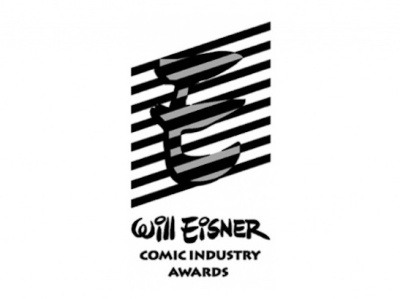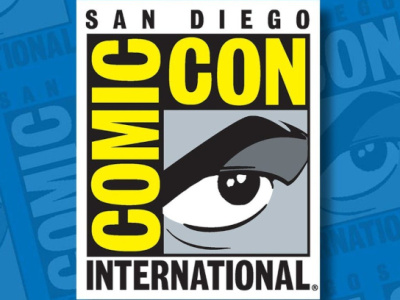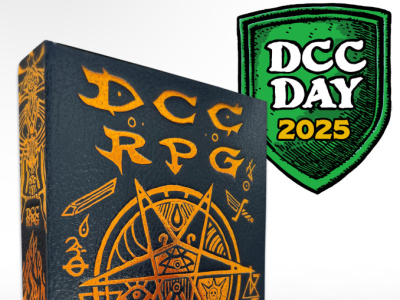It’s no secret that comics are becoming a more accepted part of educational practice in the US at many levels. Graphic works like Maus and Fun Home have long been taught alongside works of prose literature in high schools and universities. Now graphic nonfiction – whether biography, history, journalism or treatises on special topics like economics or science – are increasingly seen as valuable resources for teaching specific subjects. And then there’s the topic of comics themselves: how they work, how to make them.
While it’s true that the graphic works on these topics won’t outsell The Walking Dead anytime soon, the perennial classics and useful new works can provide some reliable sales and traffic for retailers, especially ones near university campuses.
For the last few years, I’ve been teaching a class called “Visual Narrative and Transmedia Storytelling,” which is a pretentious way to say “Comics as Communications Medium.” The class is part of the Communications Leadership Graduate Program at the University of Washington, which confers a Masters degree on communications professionals in fields like journalism, marketing, technology, game development, publishing and entertainment. The class focuses on how the comics form works to tell stories using words and pictures, and then branches out into how comics fit into a broader storytelling strategy across different media like movies, TV, games, live experiences and more.
Because I’m not a maker of comics, I rely on guest speakers and good resources to educate students on the “tricks of the trade” that make the medium so powerful. As such, I’m always on the hunt for good books on the topic. I also arrange with nearby retailers to keep the class reading list in stock; some are willing to offer a discount for students in my class as a way to bring in new customers.
Here are a few books I find useful for my class. I won’t bother dwelling on Scott McCloud’s Understanding Comics, since that is universally recognized as the first, if not the last, word on this particular topic, and most retailers tend to keep a copy on the shelves. However, others have added to this literature that also deserve mention.
99 Ways to Tell a Story: Exercises in Style by Matt Madden. This slim volume came out in 2005 and – as the title says – demonstrates 99 ways to tell the same story visually, using different points of view, narrative structures, design elements and stylistic choices. Madden imitates the styles of famous cartoonists to illustrate the importance of artistic decisions to the flavor of the story. I find this book is a good way to introduce students who may not know or care much about comics history to these sorts of issues, including how historical associations with different comic styles influence perception of the work.
Syllabus by Lynda Barry. Syllabus is a collection of Barry’s own insights and experiences teaching comics in university settings, drawn in her own charming and information-rich style. It’s also full of great practical exercises that can help students start to think like visual storytellers even if they don’t consider themselves good at drawing.
Manga-ka by Jason Thompson. Manga-ka (“Manga-maker”) isn’t a book; it’s a tabletop game successfully Kickstarted by Thompson last year, which pits players against each other to create comic stories based on specific (assigned) topics and industry trends. The game requires imagination but not drawing skill and is another good way to get students thinking visually. Thompson is currently crowdfunding a US-comics version of this called Cartooner.
See What I Mean: How to Use Comics to Communicate Ideas by Kevin Cheng. This is kind of a special-purpose version of Understanding Comics specifically for using comics in marketing and commercial communication work. The book has a prose section followed by the same material in comics form, giving examples of comics storytelling used to explain high-tech products and services, illustrate customer case studies and generally make dire marketing materials more visually engaging. Also contains useful advice for working with artists.
Framed Ink: Drawing and Composition for Visual Storytellers by Marcos Mateu-Mestre. This well-designed and beautifully-illustrated book is more of a how-to for artists, but because it focuses specifically on storytelling techniques, it’s also handy for explaining how design principles work in comics. Mateu-Mestre draws a clear line depicting the relationship between panel and page design, tone and pacing. It’s a little bit in-the-weeds for beginners but great for people who aspire to be serious practitioners, either as comic artists or creative directors on visual storytelling projects.
I’ve chosen these books because they fit the particular interests of my class and curriculum. They’re also a good fit for student who are interested in how comics work without necessarily being fans or scholars of the field.
That said, someone is probably teaching the same kind of thing at universities, colleges, art schools and design programs around the country. There are also comic scholars teaching classes in departments including English, Comparative Literature, Women’s/Gender Studies, African/American Studies, American Studies, Art History, Disability Studies, and all across the Humanities and Social Sciences. All those professors are probably assigning texts as specialized and esoteric as the ones I’ve listed here, and would be happy to refer students to local comic shops if anyone stepped up.
- Rob Salkowitz (@robsalk) is author of Comic-Con and the Business of Pop Culture.
The opinions expressed in this column are solely those of the writer, and do not necessarily reflect the views of the editorial staff of ICv2.com.








